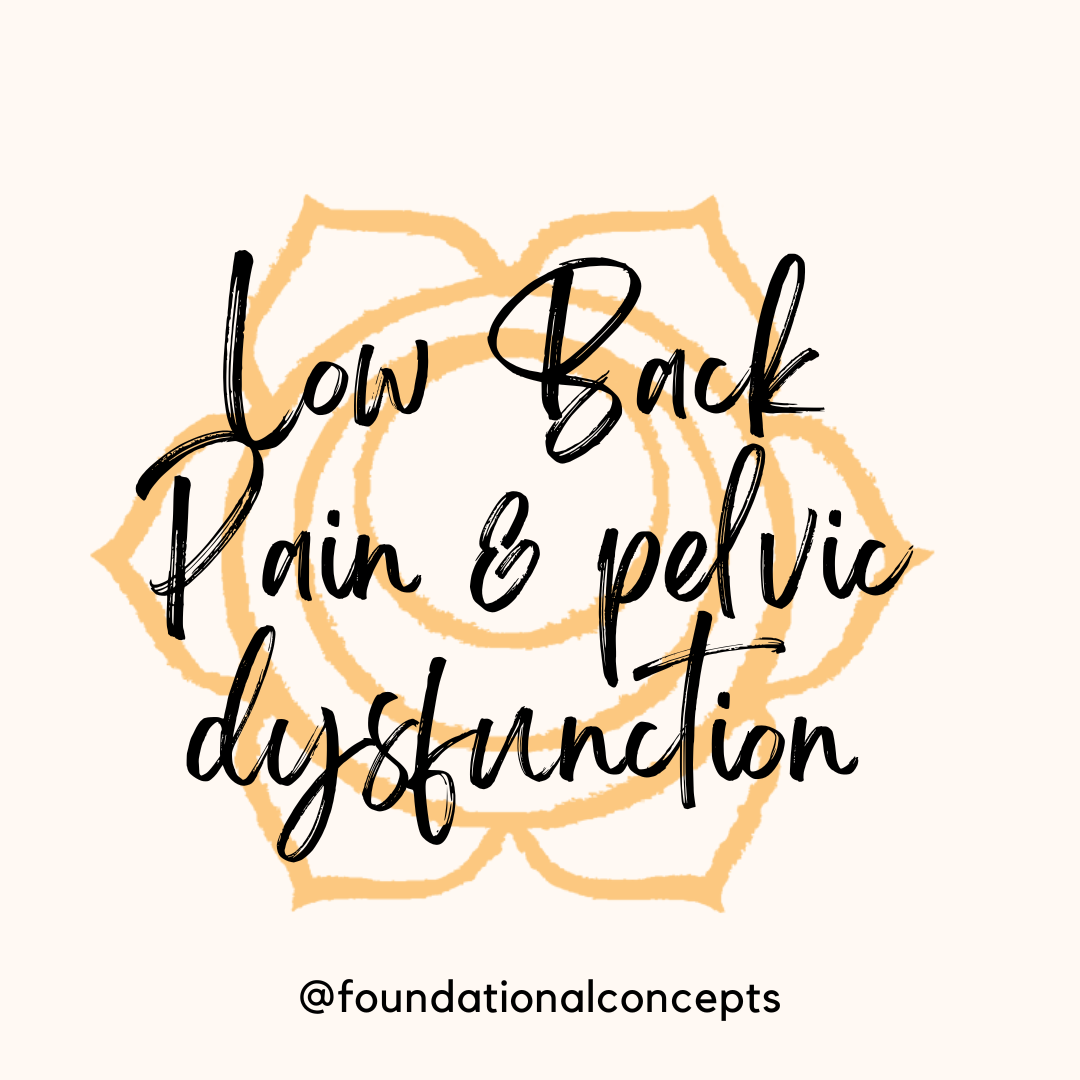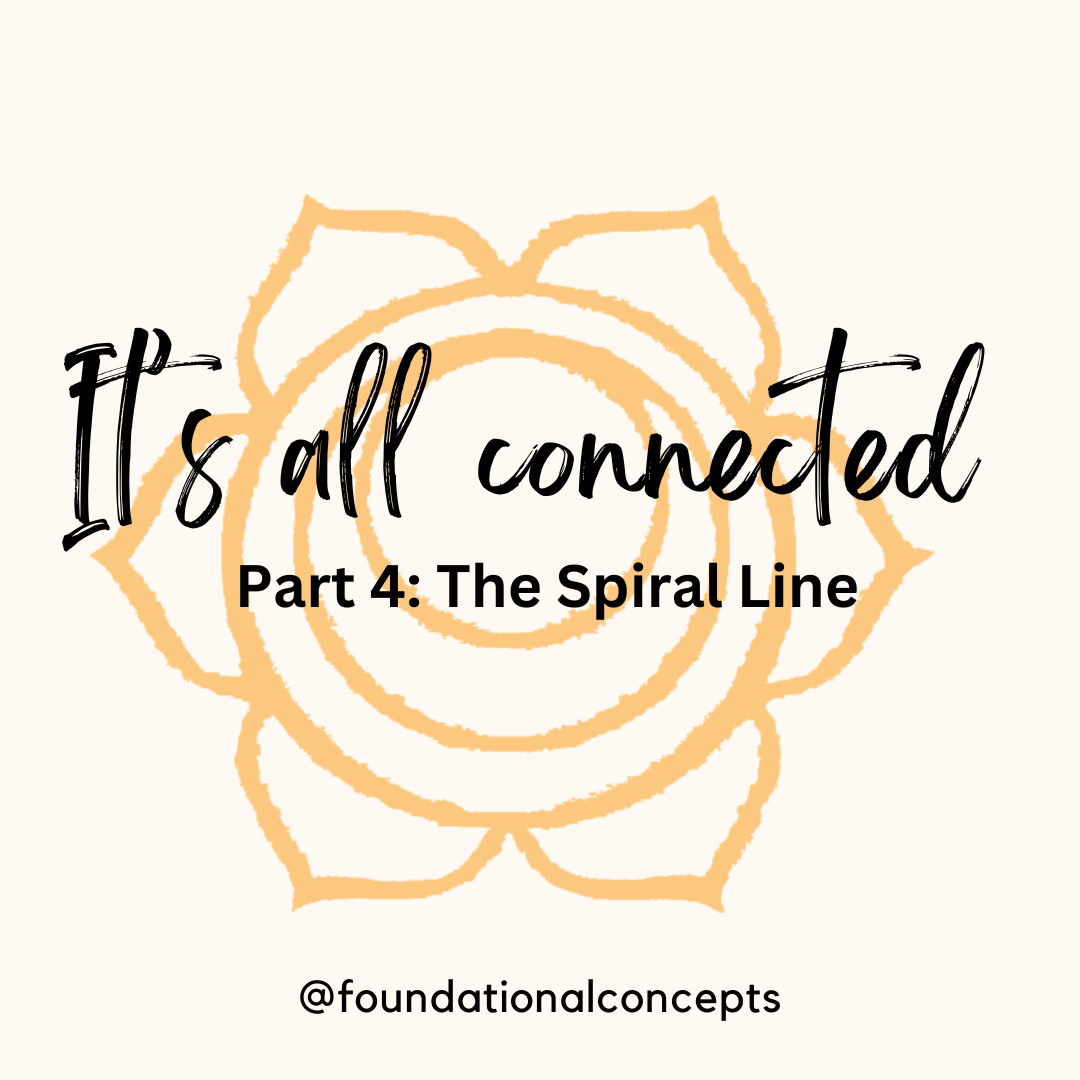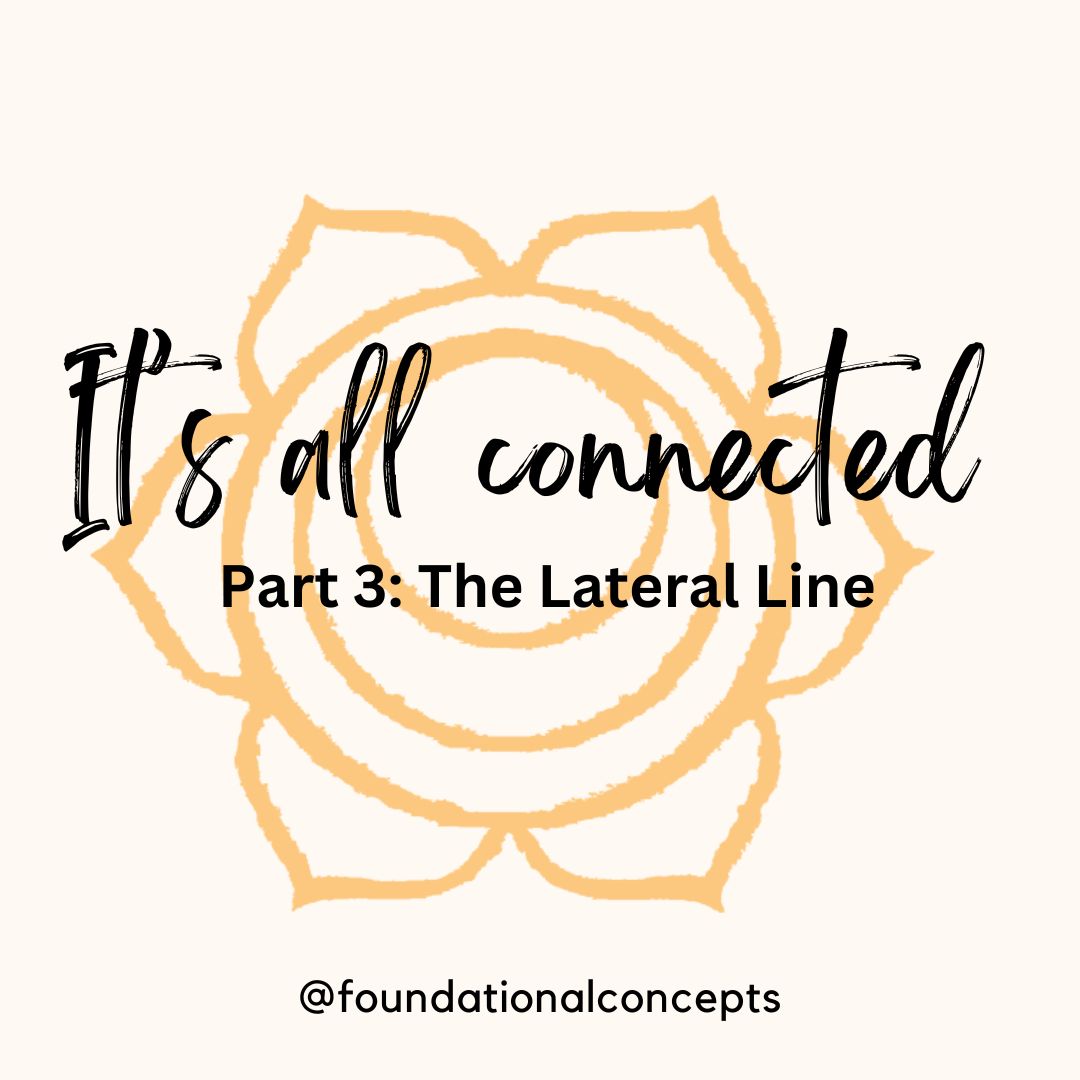When someone comes into physical therapy for back pain, we as physical therapists need to…

Pain in the back and pelvis: pregnancy and post-partum.
Visiting with friends for their daughter’s 1st birthday this weekend. Talking with her, I found out that she has had a great deal of pain for the past few years. She has pretty constant pain on her left side, very low back into her buttock and the back of her thigh. She felt like this was just as good as she could expect to feel after having two children! I had to share my very strong opinion about how important it is that we see a pelvic physicals therapist after baby to rehab our abdominal and pelvic region to prevent problems such as the pelvic girdle pain she is experiencing.
Pelvic girdle pain is present in around 20-25% of women who are pregnant and 6-8% of women after delivery. Women typically experience pain near the sacroiliac joint (very low back), into the buttock, back of the thigh or pubic bone. It often is worse with sitting, coming up to standing, rolling in bed and prolonged walking or standing. The most common risk factors for developing pelvic girdle pain is a previous history of low back or pelvic pain, and having had multiple pregnancies or deliveries. Of course! What can we not blame on pregnancy and/or delivery of those sweet little things? They make our lives amazing, but leave our bodies like a war zone, and we are left to just hope and pray that things heal as they should. If you are left with pain or incontinence, well that is just the price you pay to have children, right? Wrong!
If you are experiencing pain very low in your back, almost at the top of your buttock, over those “dimples” that you see over the sacroiliac joint, then you may have pelvic girdle pain. Pelvic girdle pain is the name for any pain that is in the pubic, sacroiliac, buttock or thigh region. It is more common in women, especially in the childbearing years during pregnancy and after baby. Usually women begin to experience it between 24 and 32 weeks into their pregnancy. If you experience it during pregnancy you may deliver and it goes away completely, or it may linger. The good news is physical therapy is a great treatment for it, and you don’t have to listen to the “well, you are pregnant” excuses from those around you. Especially after baby. Don’t let them convince you that you can’t expect to feel good after having children. You can! A women’s health physical therapist can get you there.

So what causes pelvic girdle pain during pregnancy and post-partum? Not to harp on previous topics, but that “core” musculature that we seem to keep talking about blog after blog applies here too. It isn’t just your pelvic floor muscles that are impacted by pregnancy and delivery. The abdominal wall is compromised greatly to accommodate that bundle of joy that has taken over your body. The diaphragm is strained due to the changes in the size of your rib cage and forced to work harder (which is why you feel out of breath more easily). Your Lumbar spine accommodates the changes too, by appearing more “curved” like your belly is pulling it forward. So the “core” muscle function is greatly reduced during those nine months. After the battle of labor and delivery (even if you have a C-section) we are a floppy mess! We have all been there, somewhere between 2-6 weeks after delivery, standing in front of the mirror when you get up the nerve to look at yourself naked, or in your panties thinking “ugh, what happened to my body!?”
With the changes in hormone levels during pregnancy and after baby our musculoskeletal system is provided the ability to move and flex to allow for delivery. This sets up the pelvic girdle for possible problems during this time in our lives. Ligaments must accommodate the joint laxity that the hormones provide. The muscles and ligaments are also under significant stress during pregnancy due to carrying 25-45 extra pounds. This changes our biomechanics significantly. Our center of gravity is shifted from a more central location through the pubic symphysis to a more anterior location, which pulls us forward and forces adaptations at the head and neck, spine, pelvis and hips and knees.
Often, treatment for pelvic girdle pain is just 4-6 weeks of therapy. After evaluating your body and determining the cause of your dysfunction, your physical therapist will design a treatment plan of care to fit your needs. This may include manual therapy, strengthening, a lot of education regarding labor and delivery positioning and posture. We will spend time discussing the importance of care of your scar if you had a tear or episiotomy. We will discuss posture, and body mechanics when caring for baby and breast feeding. And the most important topic of breathwork, mindfulness and meditation for self care.
Rehabilitation after baby is not a hope and prayer that you are one of the fortunate ones who don’t have a loose flabby tummy, back pain, incontinence or pain with sex. It is up to you to seek out help for these concerns. Unfortunately, our standards in the United States have not reached those in Europe where every woman sees a rehab specialist after baby to rebuild. Our society leaves us feeling as though we are blessed we only leak a little when we sneeze and that well, what more can we expect? I will tell you for certain, expect to get back to running, cycling, walking, swimming, jumping…whatever you want! I can help you get there! Don’t let it go, it is a fun and easy process of bringing balance back to your body so you can feel good again.
–Sarah Dominguez, PT, MSPT, CLT, WCS
This blog is here for your help. It is the opinion of a Licensed Physical Therapist. If you experience the symptoms addressed you should seek the help of a medical professional who can diagnose and develop a treatment plan that is individualized for you. If you enjoyed this blog, follow us on Instagram @thepelvicchronicles and like us on Facebook at Foundational Concepts for updates.



